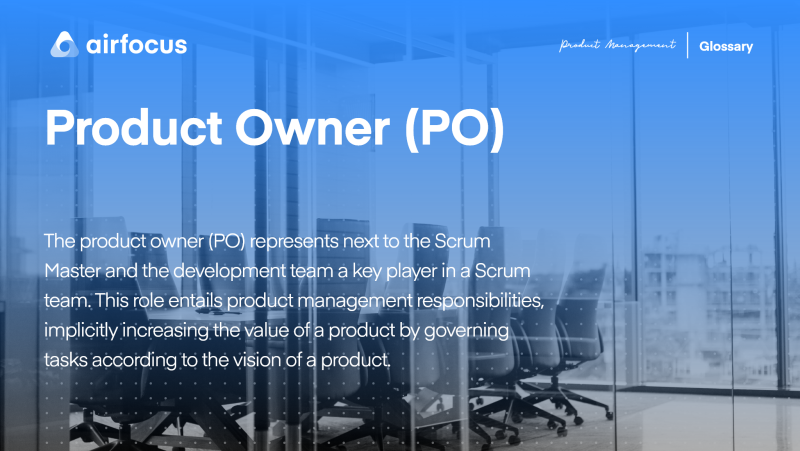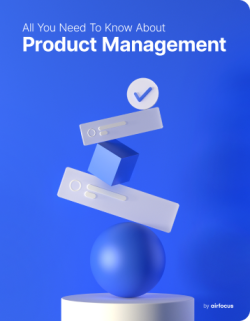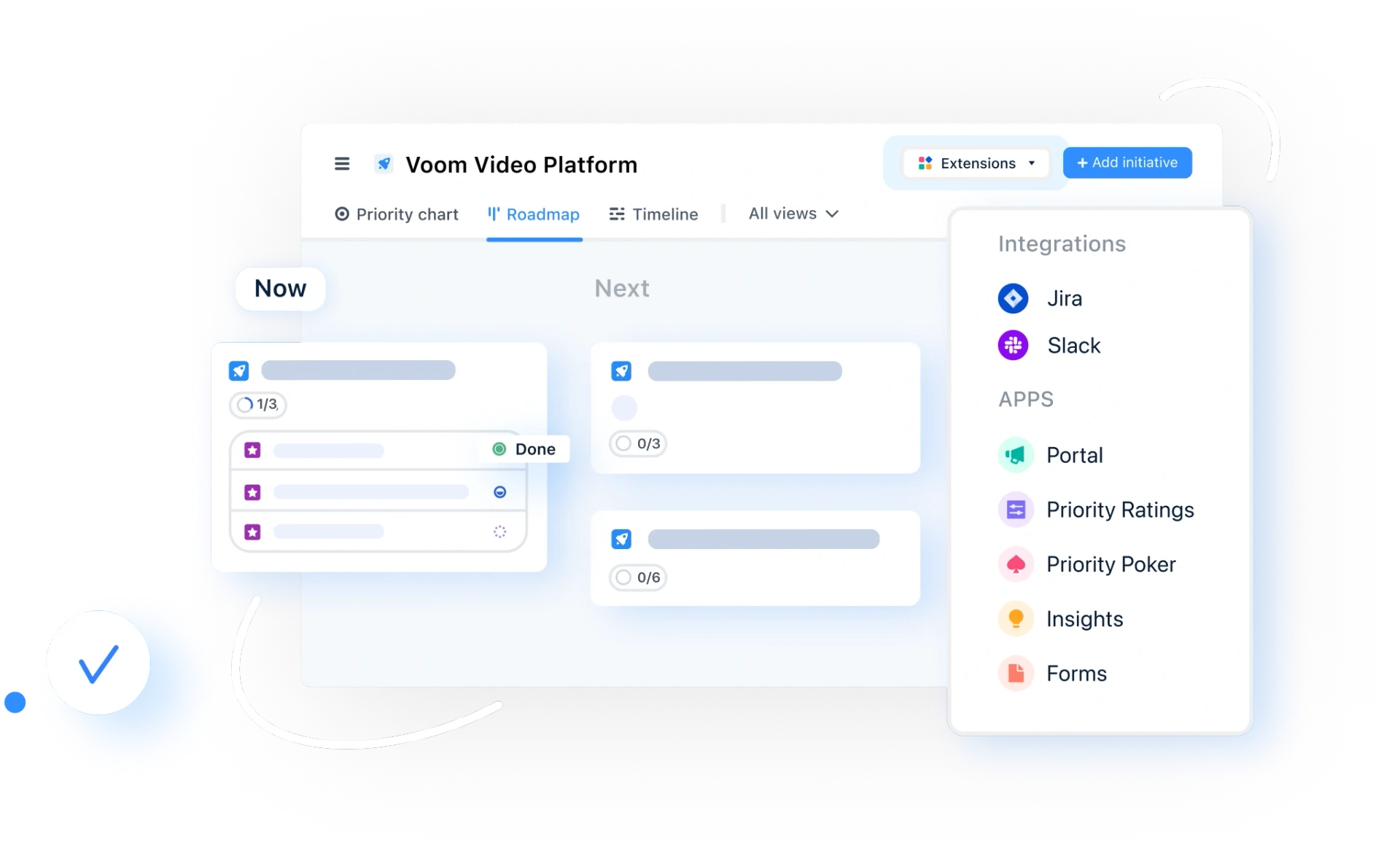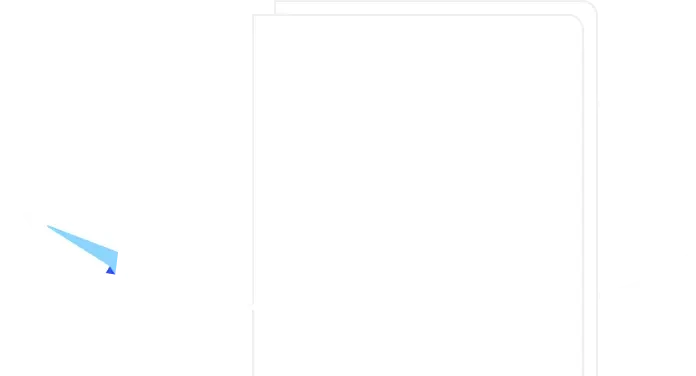Product Owner (PO)
What is a Product Owner
Definition of a Product Owner (PO)
The product owner (PO) represents next to the Scrum Master and the development team a key player in a Scrum team. This role entails product management responsibilities, implicitly increasing the value of a product by governing tasks according to the vision of a product.
Within Agile’s Scrum framework, the product owner is tasked with clarifying product backlog items and making decisions about how to prioritize them. Success in the role requires a high level of collaboration and team integration.
Tasks of a product owner
The PO is the only team member that communicates with other involved parties directly and therefore serves as an interface between the development team and e.g. stakeholders or customers.
Any decision within the software development process needs to be evaluated by the PO.
By defining requirements and prioritizing assignments the PO is able to ensure that the customer’s desires and needs are taken into account.
However, the individual distribution of tasks stays within the development team.
Accountable for the return on investment (ROI) the PO needs to verify the quality of any executed task and needs to be approachable for any problems or ambiguities the development team may encounter.
Other tasks can include:
Identifying and clarifying product backlog items to ensure shared understanding of challenges and priorities
Establishing the priority of product backlog items
Determining if backlog items have been delivered to specification
Ensuring the product development team has clarity of upcoming workload
Challenges of a product owner
Since companies can apply slightly to completely different product management methods while using the Scrum approach and implementing the role of a product owner, the responsibilities of the PO typically vary.
Demands a PO generally has to meet are governing the properties of the product, setting priorities, maintaining the backlog, developing user stories, assuring quality and being able to be held accountable for the success or failure of a project.
Often the PO is mistakenly seen as the product manager which makes the diversity of requests the PO must answer to very complex.
Common challenges in being a product owner are balancing those various responsibilities. It is as important as distinguishing the responsibilities of the product owner from those of a product manager that the PO must not work actively as a developer either.
This could lead to conflicts of interest, since the role of the PO must be performed rather as a mediator communicating decisions regarding the superordinate target to the Scrum team.
How is a PO different from a product manager?
Product owners frequently have to draw on skills that are commonly associated with product management, such as the ability to prioritize strategically and communicate clearly across different departments. This overlap means the line between product owner and manager is sometimes obscured.
While it’s possible for a product manager to assume a dual role with product owner responsibilities, organizations are often better served by separating the two.
Particularly in larger organizations, product managers oversee a broad range of activities and often more than one development team. Product owners, on the other hand, must commit to one team and be available to them at all times.
Because of this, as organizations grow and product portfolios expand, the product owner naturally tends to evolve into a separate position from a product manager role.

General FAQ

Glossary categories
Experience the new way of doing product management

Experience the new way of doing product management








